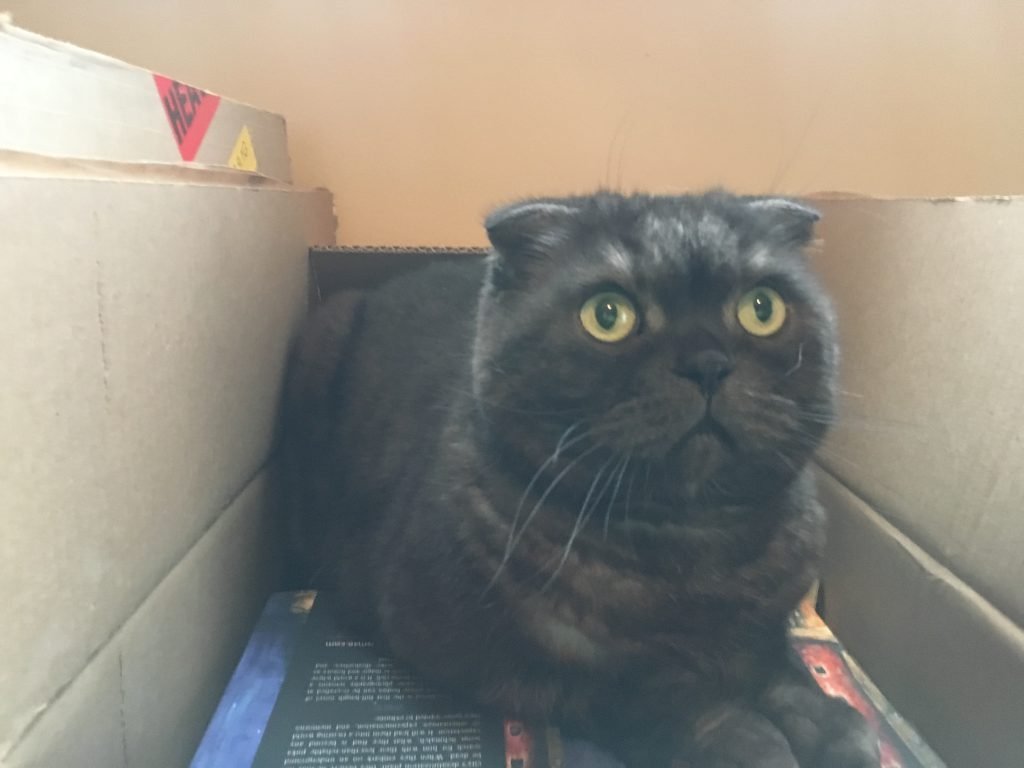The travails of marketing
An example of ineffective marketing.
I spent a lot of years marketing other people’s stuff. We published Things They Buried and now I’m back at it; only this time, I’m marketing my own product.
Setting aside all the anxiety-laden awkwardness of marketing myself, I’ve learned a lot over these first three weeks post-publication. Here are a few things I wish someone had spelled out for me that might help other indie authors:
Don’t boost a post on Facebook. It’s essentially worthless. I can’t spell out why that is because I just don’t know enough about Facebook’s algorithms and what boosting means vs. advertising (I’m sure the info’s out there somewhere), but boosting did almost nothing for us and still cost money.
Paid advertising on Facebook, however, showed a good return (shock!). We ran a four-day promo for our page and more than tripled our likes. It was a fascinating exercise in both virtual people watching and the demographics of our ideal reader. I can’t say yet whether this will result in real engagements or not—more on that another day.
Promotion services will make you insane. Which one’s the current darling? (BookBub) Which ones will take you if you don’t have twenty reviews? (Very few) Which ones are just throwing money into the void with no hope of ROI? (Lots) The whole process is an infuriating exercise in chasing your tail. You need Amazon and/or Goodreads reviews for your promotion to be accepted by any of the services, but you’re doing the promotion in order to get reviews and build an audience. Chasing it all down can eat up a lot of time. I can’t really speak much to how effective this exercise will be as our promotion is still a ways off, but here’s one of the most clear-cut, helpful, and up-to-date articles I’ve found.
Though even Gillian Flynn and the Queen of England would have trouble getting into BookBub’s featured promotion, their advertising takes anyone with cash and a photo of their book cover. We ran one for a week and saw moderate ROI, so I don’t feel like we wasted money. Anyone trying this channel should be prepared to do some A/B testing—tweaking images, text, calls to action, etc. We went through five versions before finding one that gained some traction.
There are an absolute ton of indie authors turned indie experts out there. You can waste days of precious writing time reading their articles, many of which contradict one another. You can also get caught up listening to people who initially seem like experts, but rapidly turn into hucksters. For those starting out, I’d recommend David Gaughran and Joanna Penn. Both give solid, reliable advice and work to keep their content current in an ever-changing market.
Amazon advertising is helpful, but (and I’ve said this before) addictive in a way that reminds me of casual gaming. Did this work? What if I try this? Why am I not seeing my ad here even though I’m bidding an insane amount per click? Yeah, you can easily lose days tweaking. But, tweaking works and it’s a kick to see your own book come up when you search. I’m sure there are plenty of greater experts than me on this subject, but we found that using keywords—including other authors’ names and book titles—was the best route for us. We got zero results from targeting products and high spend with zero return from targeting categories. Beware, however, of keywords that receive a lot of clicks, but no buys. That cost can add up fast. Ditch those keywords or look for/fix issues with your book’s page that might be putting off potential buyers.
Don’t trust your Amazon sales dashboard to be current—even from one type of report to another. For example, one day in early March, the sales graph showed that we’d sold fourteen ebooks while the month-to-date report showed five. The numbers remain consistently out of sync, and to make matters worse, the paperback sales don’t show up until the book is actually printed and shipped.
You’ll find dozens of sites name Indie This and Indie That claiming to be the source for indie authors. Some are helpful, but many are woefully out of date and will only lead to dashed hopes. I’d suggest really poking around each of the sites first. Check how recent their posts are and if they’re just recycled from the previous post. (I found one that mentioned Christmas in both the January and February post—hmmm.) Also, subscribe to their enewsletters. That same site with the monthly copy/paste problem promised a promotional email that never materialized.
Prepare for all of this in two big ways. First—and you’ll hear this from just about everyone— define your ideal reader. I worked for a UI design company that used a tool called personas. Michael and I went through that exercise before publication. It allowed us to save lots of ad dollars because we weren’t hitting it scatter-shot. (If you’re interested, let me know via contact or comments. I’d be happy to do a blog post about how to develop personas.) Second, budget, budget, budget. By the time you’ve written a book, dealt with cover design and layout, and struggled through Amazon’s unique interface, the last thing you want to do is spend more money. But you’re going to need to. Plan ahead for how much you’re willing to spend on marketing—swag, advertising, giveaways, etc.—and ahead of time.
If there are any other points in our experience as newbie indie publishers that you’d like to know about, hit us up.


